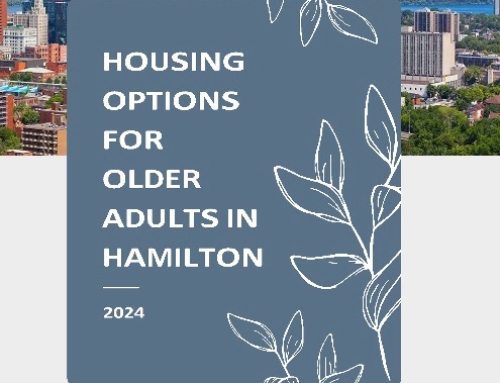By Shawn McKenzie, Environmental Consultant and Treasurer for the HAC Board
I would like to discuss a climate study and what a difference a tenth of a degree of global warming means for Earth and humanity. We will be looking at thresholds, tipping points, causes, and effects.
Do you remember the Paris Agreement of 2015? The Paris Agreement was signed by the international community with the primary objective of limiting the increase in global temperature to 1.5 degrees Celsius above the pre-industrial levels. A secondary threshold is to hold warming to 2 degrees Celsius. A study released on August 1st, 2024 sought to quantify the risks of overstepping these warming thresholds and triggering tipping points.
In climate science, a tipping point is a change in the Earth’s natural state that, once set into motion, may not be reversable. Once a tipping point is set into motion, the change then triggers another change that leads to another tipping point, and so on. Each of these changes continues to alter the climate further. You have undoubtedly heard of the destruction of the Amazon rainforest, the melting ice sheets, and the death of coral reefs. These are examples of climate tipping points that, once altered, may never be recovered.
The study found that the Amazon rainforest and the presence of ice sheets are required for human survival. If one of these features fails, then it will cause another feature to fail. The risk of this failure and the chain of effect taking place increases with every tenth of a degree above the Paris threshold. Even if temperatures were to increase above the 1.5 degree threshold and then brought back down again, there is still a 45% chance that the tipping point will be triggered and feature failure. The study also indicates that ‘stringent emission reductions in the current decade are critical for planetary stability’ (Möller et al, 2024).
So, there is a 45% chance of crossing the point of no recovery. Whether or not we reach this point will be determined by those in power today, not 100 years from now. It is past time to take the climate crisis seriously. This must be considered when choosing who we put in power.
I am including some links below that show the targets and plans that the Government of Canada developed in their commitment to address the climate change issue. We must hold our leaders responsible or following through with these plans to reduce emissions. I have also included a link to the Members of Parliament website, where you can enter your postal code to search or your MP. We need to write to our MPs to express our concern about the climate crisis and our expectations that they continue to support legislation to meet our emissions targets. Lastly, we need to familiarize ourselves with the stance of our leaders on emissions reduction and environmental protection. Will they protect funding to meet our emissions targets? Or will they take a ‘business as usual’ approach? Their stances will become available to us once we draw closer to the 45th Federal Election.
References:
Tessa Möller, Annika Ernest Högner, Carl-Friedrich Schleussner, Samuel Bien, Niklas H. Kitzmann, Robin D. Lamboll, Joeri Rogelj, Jonathan F. Donges, Johan Rockström, Nico Wunderling. Achieving net zero greenhouse gas emissions critical to limit climate tipping risks. Nature Communications, 2024; 15 (1)
Canada’s climate plans and targets – Canada.ca
Find Members of Parliament – Members of Parliament – House of Commons of Canada (ourcommons.ca)






